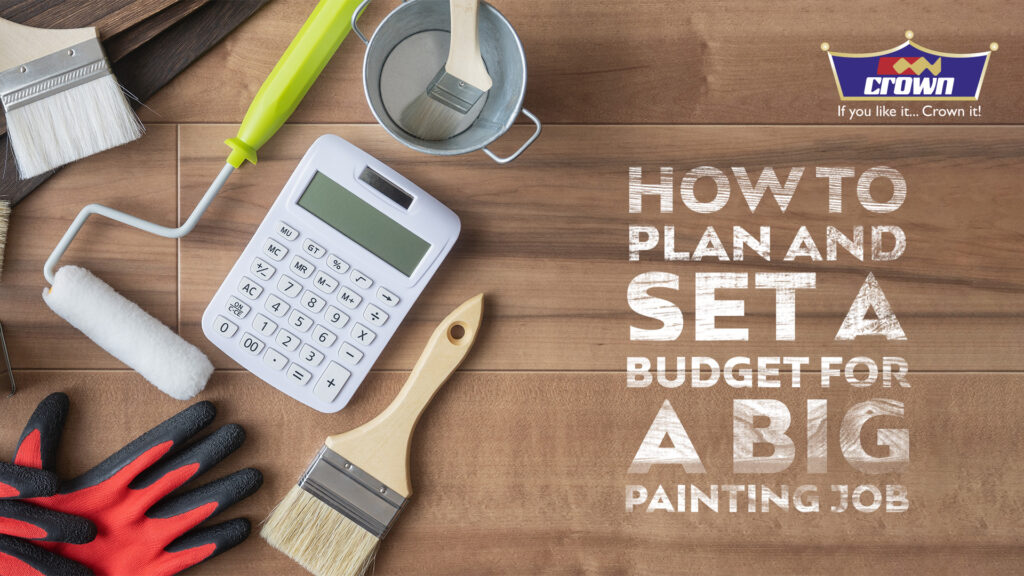
The correct colors must be chosen for a painting project, and labor and material costs must also be considered. The cost of paint and other materials will be considered if you do the painting yourself, but the labor cost should be considered if you hire a professional painter. It is always vital to plan and budget for your painting project. When making your painting project budget and strategy, keep in mind the following essential components.
- Decide on Your Colors
Choosing your colors is the first step in creating a budget for your painting project. Ask about the colors’ availability and an estimate of their cost at a dealer’s shop. Based on the contractor’s recommendations, you should be aware of the quantities you need. Based on the size of your home, they ought to be able to give you a ballpark figure.
- Determine the Materials Cost
Determine the actual amount of paint you will require for your job. Also, you can decide what supplies are required for the job. Knowing what kind of paint, you need and how many coats you’ll need to apply will help you determine pricing. After you have this data, you can start estimating the project’s cost. You’ll also need to account for the cost of supplies like tape, drop cloths, and brushes when painting your own house. You may prevent any unpleasant shocks later on by making the effort to budget for your project up front.
- Determine Your Labor Expenses
Finding out a professional painter’s hourly rate is the first step in the hiring process. You can estimate how many hours it will take them to finish the project once you know this. Decide how many hours a week you’re willing to spend painting if you’re doing it yourself. To avoid going over budget, be realistic about how long it will take to complete the project. You can make sure that your painting project stays on schedule and on budget by taking these considerations into account.
Visit the Crown Your Space website to get expert advice on how to plan and budget for your painting project.






